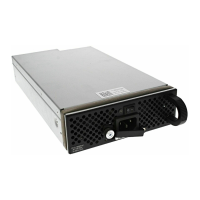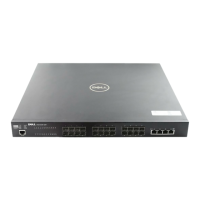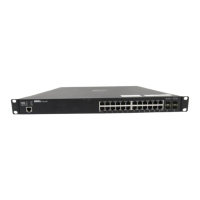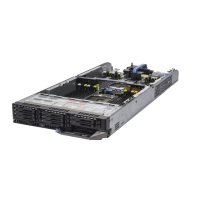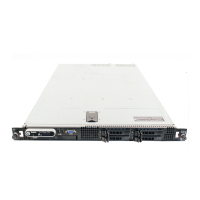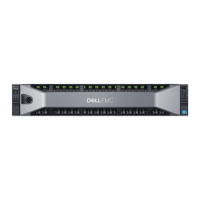Open Shortest Path First (OSPFv2) | 409
show ip ospf asbr
Display all ASBR routers visible to OSPF.
Syntax
show ip ospf process-id asbr
Parameters
Defaults
No default values or behavior
Command Modes
EXEC
EXEC Privilege
Command
History
Usage
Information
Use this command to isolate problems with external routes. In OSPF, external routes are calculated by
adding the LSA cost to the cost of reaching the ASBR router. If an external route does not have the
correct cost, use this command to determine if the path to the originating router is correct. The display
output is not sorted in any order.
Example
Figure 21-6. show ip ospf process-id asbr Command Example
You can determine if an ASBR is in a directly connected area (or not) by the flags. For ASBRs in a
directly connected area, E flags are set. In the figure above, router 1.1.1.1 is in a directly connected
area since the Flag is E/-/-/. For remote ASBRs, the E flag is clear (-/-/-/)
show ip ospf database
Display all LSA information. If OSPF is not enabled on the switch, no output is generated.
Syntax
show ip ospf process-id database [database-summary]
Parameters
Command Modes
EXEC
EXEC Privilege
process-id
Enter the OSPF Process ID to show a specific process.
If no Process ID is entered, command applies only to the first OSPF process.
Version 8.3.16.1 Introduced on MXL 10/40GbE Switch IO Module
Note: ASBRs that are not in directly connected areas are also displayed.
FTOS#show ip ospf 1 asbr
RouterID Flags Cost Nexthop Interface Area
3.3.3.3 -/-/-/ 2 10.0.0.2 TenGig 0/1 1
1.1.1.1 E/-/-/ 0 0.0.0.0 - 0 FTOS#
process-id
Enter the OSPF Process ID to show a specific process.
If no Process ID is entered, command applies only to the first OSPF process.
database-summary (OPTIONAL) Enter the keywords database-summary to the display the
number of LSA types in each area and the total number of LSAs.
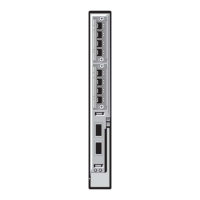
